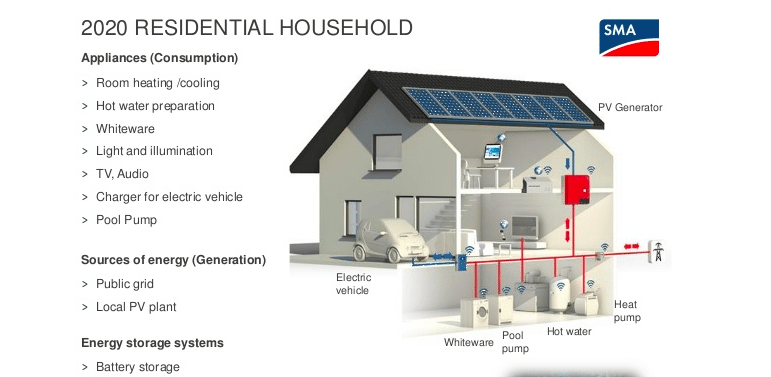
When you look at the data on the uptake, and plummeting prices, of household solar PV – with battery storage following close behind – it is tempting to believe that the energy future has already arrived.
But according to Mark Twidell – managing director of solar PV manufacturer SMA Australia and deputy chair of the Clean Energy Council – the focus on costs is misplaced. The real measure of solar’s success should focus on usability and accessibility. And in this department, we still have a bit of work to do.
“The cost and usability of PV is great,” Twidell told the Disruption and the Energy Industry conference in Sydney this week. “It is the simplicity of being able to make electricity with no moving parts, at the speed of light that will drive this industry and transformation.
MD @SMA_Australia Mark Twidell speaks on ongoing innovation & affordability of #solar #energy #storage & #management pic.twitter.com/bN10fvyKRm
— Prof Ray Wills (@ProfRayWills) September 8, 2015
“But the enabling services and smart control is still really hard. It’s like buying a printer 15 years ago.”
Twidell says the current technological focus must be on how can we make use of the consumer desire to take control of their energy consumption, and their desire to invest their own funds in energy generation.
“We must ask, how can we make the most of the PV people are generating?” he told the conference.
In the near future, he says, solar energy will become an up-loadable and downloadable product. And rather than people going off-grid, the grid is going to be the enabler of this. It will be a symbiotic relationship.
“Solar PV and distributed energy will be what saves the grid,” he said. “Peak-shaving, load shifting, propping up low voltage, utility applications, inverter technology – all through the grid, distributed generation technology can be its friend,” he said.
“The consumer can provide the investment for the rest of the market and be provided with a market that puts much more of its thinking into services, like software platforms and iPhone apps.
When the energy load control software platforms come of age, says Twidell, a 10kW PV system could supply a typical Australian household with two EVs, using just thermal storage, vehicle storage and hot water storage. That is without even factoring in battery storage. (See image above)
“A lot of our loads can be stored and can be scheduled,” he says. “Energy monitoring will help the average householder to understand consumption in real time and do something about it.
They can use “palm of the hand information” – weather forecasts, appliance footprints, energy profiling – and achieve 10-25 per cent efficiencies just by being more conscious. And they could increase solar self consumption to about 50-60 per cent, he said.
“The prosumer of the future can buy baseload, can sell some solar generation, buy again when it’s low cost,” said Twidell – and they won’t mind paying the cost of grid, because they have some control.

Sophie is editor of One Step Off The Grid and deputy editor of its sister site, Renew Economy. Sophie has been writing about clean energy for more than a decade.



